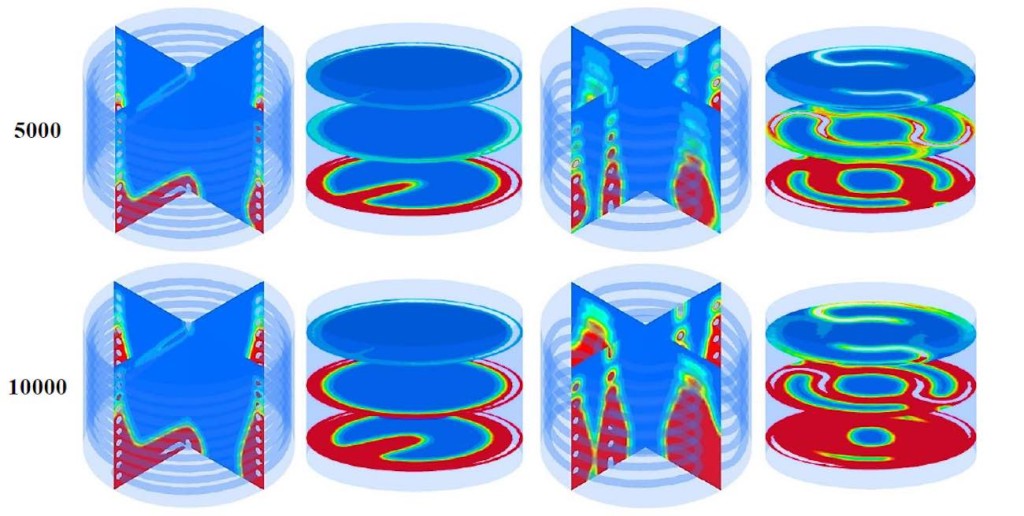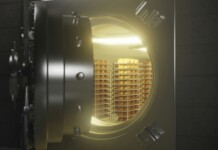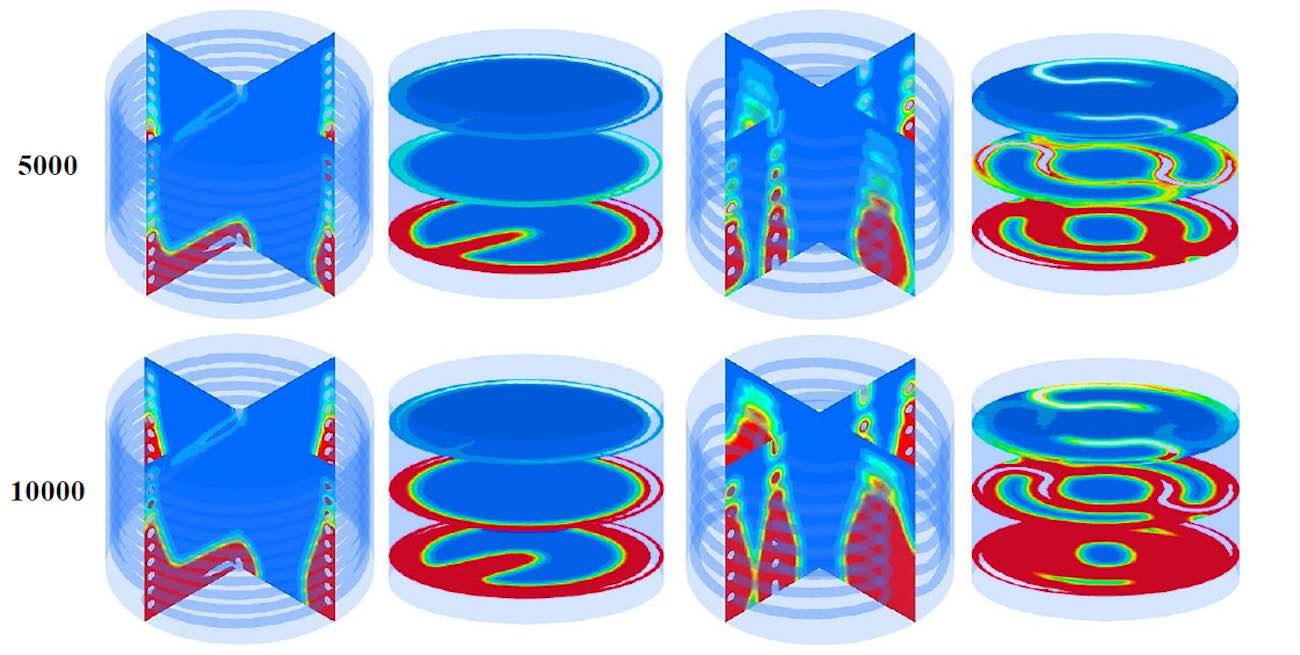
Hydrogen is gaining significant attention as an efficient way to store ‘green energy’ from renewables such as wind and solar.
Now, an Australian team has developed a new method to improve solid-state hydrogen fuel cell charging times.
The most common form of hydrogen storage is using compressed gas. Liquid forms are also used, but researchers from the University of Technology Sydney (UTS) experimented with a superior method of storage—solid state.
Dr. Saidul Islam, from UTS, said solid hydrogen storage, and in particular metal hydride, is attracting interest because it is safer, more compact, and lower cost than compressed gas or liquid, and it can reversibly absorb and release hydrogen.
“Metal hydride hydrogen storage technology is ideal for onsite hydrogen production from renewable electrolysis. It can store the hydrogen for extended periods and once needed, it can be converted as gas or a form of thermal or electric energy when converted through a fuel cell.”
RELATED: New Hydrogen Fuel Cells Use Cheap Iron Instead of Costly Platinum for Green Vehicles
However, a problem with using metal hydride solid state for hydrogen energy storage has been its low thermal conductivity, which leads to slow charging and discharging times.
To address this the researchers developed a new method to improve solid-state hydrogen charging and discharging times.
First author Puchanee Larpruenrudee, a PhD candidate in the UTS School of Mechanical and Mechatronic Engineering, said faster heat removal from the solid fuel cell results in faster charging times.
A variety of internal heat exchangers were designed and tested—including straight tubes, spiral tubes, U-shape tubes, and fins. They found that using a helical coil significantly improves heat and mass transfer inside the storage.
“This is due to the secondary circulation and having more surface area for heat removal from the metal hydride powder to the cooling fluid,” explained Larpruenrudee. “Our study further developed a helical coil to increase heat transfer performance.”
The researchers developed a semi-cylindrical coil as an internal heat exchanger, which significantly improved heat transfer performance.
RELATED: Scientists Develop Exciting New Way to Produce Hydrogen Fuel That’s Safe, Cheap, and Ultra-Efficient
Charging time reduced by 59%
The hydrogen charging time was reduced by 59% when using the new semi-cylindrical coil compared to a traditional helical coil heat exchanger.
They are now working on the numerical simulation of the hydrogen desorption process, and continuing to improve absorption times. The semi-cylindrical coil heat exchanger will be further developed for this purpose.
Applications include rechargeable batteries, heat pumps, and heat storage. “It can also be used to store hydrogen in space, to be used in satellites and other ‘green’ space technology,” said Islam.
CHECK OUT: ‘Radical’ Solar Breakthrough Allows Energy to Now Be Stored for Up to 18 Years, Say Scientists
The researchers aim to develop a new design for hydrogen energy storage, which will combine other types of heat exchangers and hope to work with industry partners to investigate real tank performance based on their new heat exchanger.
The study, Design optimization of a magnesium-based metal hydride hydrogen energy storage system, was recently published in the journal Scientific Reports.
ENERGIZE Your Green Energy Friends By Sharing on Social Media…




















